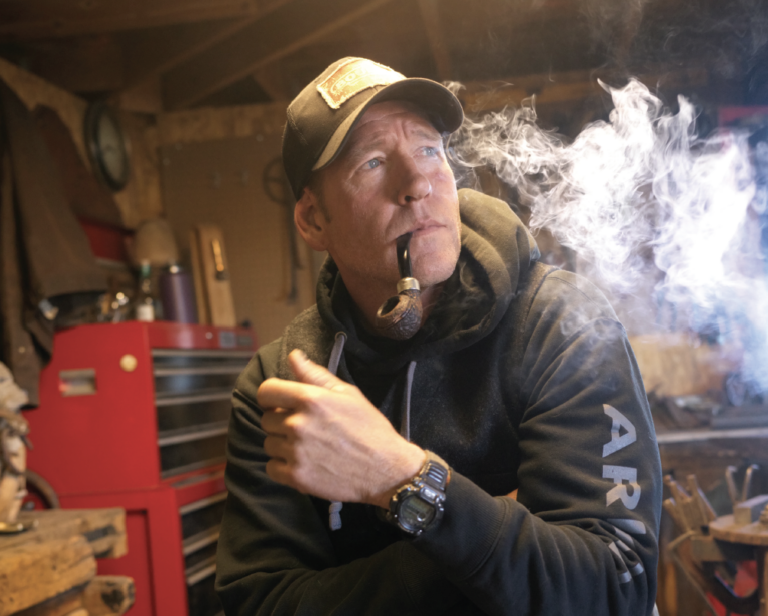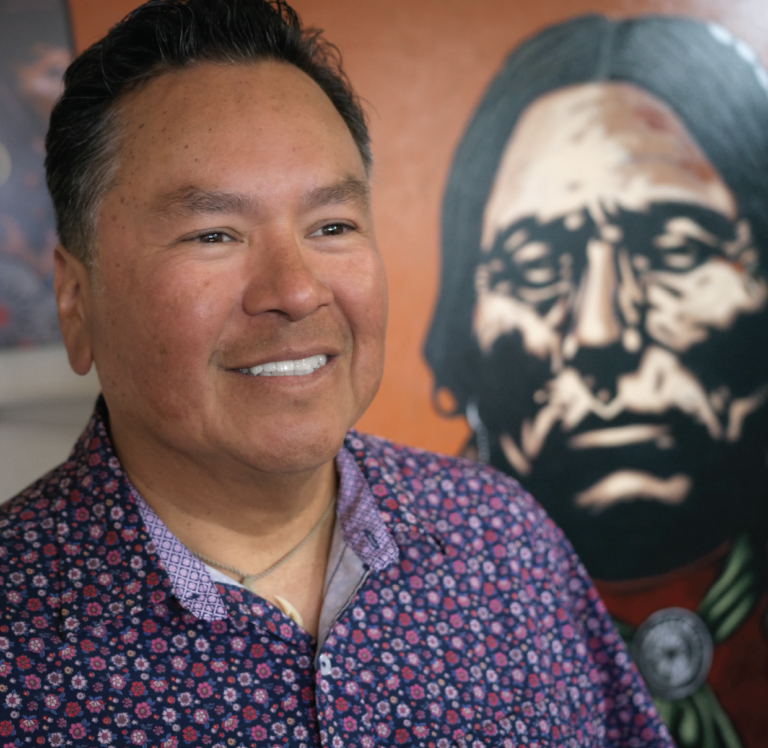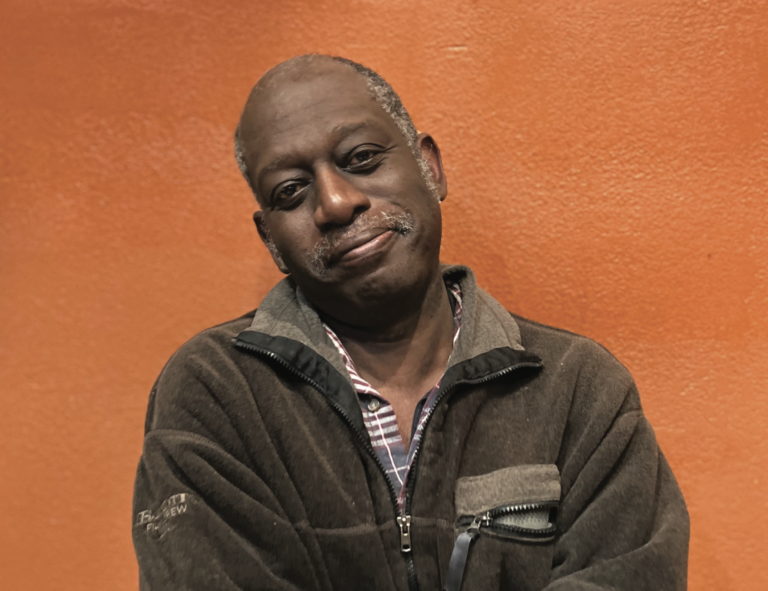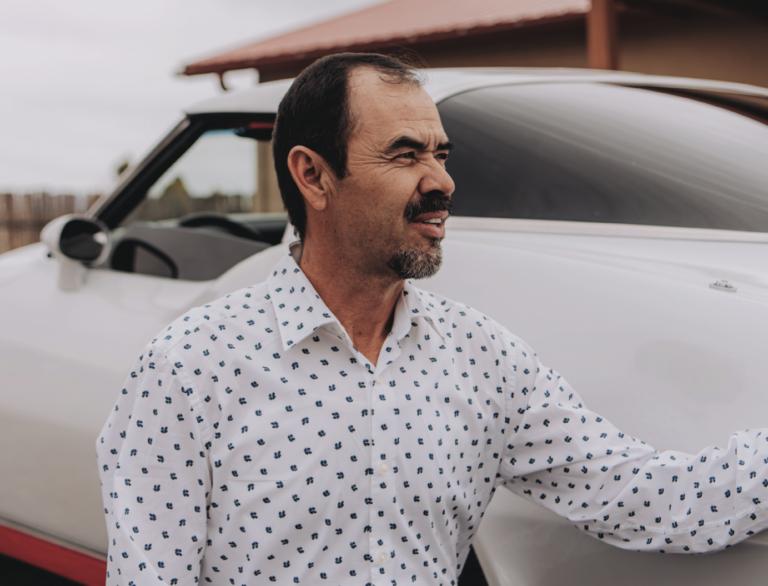WILLIAM DEBUYS IS A MAN WHO SEEMS UTTERLY COMFORTABLE with the serendipity that has informed his life. For example, he was close to having to abandon his first book when he found a missing plane in the woods and landed a reward that saw him through.
He is disciplined man who starts every day at 8:30 by getting just once sentence right.
He is man who wrestles with how to live when so much of what he knows about the fate of the earth seems implacably grim.
He has written some of the best work on climate change, including the most recent and astonishing The Trail to Kanjiroba.
As my family pulled out of his side of paradise, eight miles north of Truchas, he – having absorbed the invasion of my daughter and two dogs in his meticulous study – gave us very earthy, specific directions to an obscure road to Taos: Take a right at the mural, just after the stone wall.
And he loves a good peach.
Is the new climate bill enough?
Is it enough? Is it enough to do what? The fact is the world has changed.
We’ve got a lot of really difficult change already in the system, in the pipeline, coming our way. And it’s not gonna go away, irrespective of how virtuous we think we’re behaving today or tomorrow. We’ve already created a lot of trouble for ourselves.
How you deal with feeling like you have to do something but knowing you can’t change things?
I just finished a trilogy. The first book was about climate change. The second book was about the war on nature and the loss of biodiversity. And the latest book, The Trail to Kanjiroba, is about a question: How do we not lose heart?
I went to Nepal hoping to learn a way of dealing with sorrow and loss and suffering without losing myself. And to learn a way of dealing with those hard things that still left me energized to keep working.
It really comes at the end of the book, the last 16 words: Every day a yatra, every situation a clinic, absorb the beauty, build an arc, be alive.
Yatra translates best as pilgrimage. That’s the whole package. It’s not easy, but I have a path – I have a checklist to work my way through.
The trip was a good idea.
I believe a lot in serendipity. I was at a New Year’s party chatting with my friend Roshi Joan Halifax from Upaya. And she said, Why don’t you come to Dolpa with us this fall? You just have to take a chance once in a while and follow your instincts.
You wrote about what was going to happen in the Southwest way before it happened.
There’s not a great deal of pleasure in having written about the predictions of the scientific community. No events have contradicted the main statements of my books. The only thing that has been different is that the changes have come faster than people expected.
All of it: the lengthening of the fire season, which is a function of warming; the intensity of drought, which is an interaction of warming with evaporation; the increasing insignificance of winter moisture; and our snow pack evaporating instead of melting. That kind of thing.
Of course, if you hang out with earth scientists, climate scientists, ecologists, etc. and tease out from them what their intuition is telling them about how systems work, you can get a somewhat different view than you would get from their published work. At the same time, the scientific community is just like the rest of us. What we think we know is so often in conflict with what we want.
And so it’s hard. Some of my scientific friends have a really hard time applying what they’ve learned to their home landscapes.
WANT TO READ MORE? SUBSCRIBE TO SANTA FE MAGAZINE HERE!
Photo SFM








